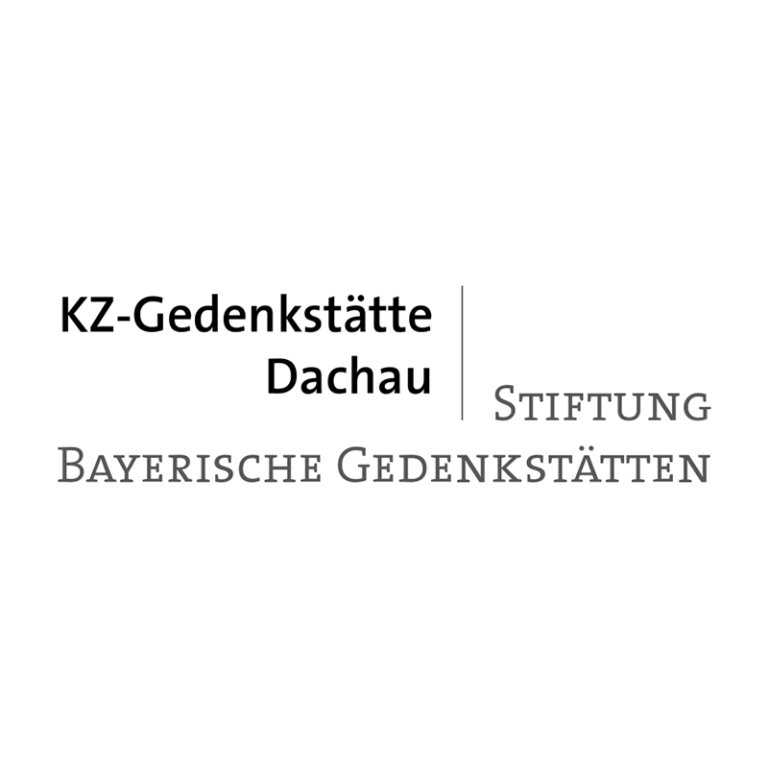The Stiftung Bayerische Gedenkstätten, SBG (Bavarian Memorial Foundation) aims “to maintain and mold the memorial sites as witnesses to the crimes of National Socialism, as places commemorating the suffering of the victims and as centers of learning for future generations, to support related historical research, and to help sustain an awareness of the historical events” (Article 2, Paragraph 1 of the Memorial Site Foundation Law). Dachau Concentration Camp Memorial Site implements these goals by remembering the suffering and dying of the prisoners, by promoting an examination of the National Socialist crimes, by encouraging tolerance and open-mindedness and by providing space for reflection and critical discussion on how to deal with the past.
The Dachau concentration camp was one of the first concentration camps and it was the only camp that existed almost throughout the 12 years of the Nazi dictatorship. Set up in March 1933, the camp served as a model for subsequent concentration camps. In the twelve years of its existence over 200,000 persons from the whole of Europe were imprisoned in the main camp and its numerous subsidiary camps. More than 41,500 people died. On April 29th, 1945 US troops liberated the survivors.
It was thanks to the initiative of the former prisoners who had joined forces to form the Comité International de Dachau, that the former protective custody camp was turned into a memorial site in May 1965. The permanent exhibition, which can still be seen today, opened in 2003. It focuses on the “Path of the Prisoners” documenting the suffering of the persecuted within the camp from their arrival up to their death or liberation. The Bavarian Memorial Foundation took over the concentration camp memorial sites in Dachau and Flossenbürg in 2003. The government of Bavaria and the Comité International de Dachau had previously signed a contract stating that they would assume joint responsibility for the Memorial Site in the future.
Role in the Project
Dachau Concentration Camp Memorial Site participates in the development, implementation and evaluation of the location-based engagement level of the VHH-MMSI which aims at enhancing the spatial experience with additional layers of time connected to the same place, provided most strikingly by films, but also by photographs, texts and audio records. Curators and educators of Dachau Memorial will guide different visitor groups in testing and evaluating the application on site. The visitors’ feedback will help to improve the usability of the system. Based on its own collections and the expert knowledge of its staff, the Memorial also supports the research, collection, cataloguing, and annotation of film, photo, and text documents in the project.
Team Members
Gabriele Hammermann
Senior advisor
Dachau Concentration Camp Memorial Site (Stiftung Bayerische Gedenkstätten)
Albert Knoll
Chief archivist of the Dachau Memorial
Dachau Concentration Camp Memorial Site (Stiftung Bayerische Gedenkstätten)
Stefanie Pilzweger-Steiner
Research advisor, main contact and representative of the Dachau Memorial
Dachau Concentration Camp Memorial Site (Stiftung Bayerische Gedenkstätten)
Participation in Events
Pre-Kick-off MeetingMeeting Friday, 19.10.2018, 09:15 to Saturday, 20.10.2018, 18:00 |
Kick-off MeetingMeeting Wednesday, 27.02.2019, 09:15 to Friday, 01.03.2019, 20:00 |
Consortium MeetingMeeting Tuesday, 23.02.2021, 15:00 to Wednesday, 24.02.2021, 19:00 |
Documenting Nazi Crimes through Film: Soviet Union, 1942–1945Conference Thursday, 24.11.2022, 09:30 to Sunday, 27.11.2022, 16:30 |

